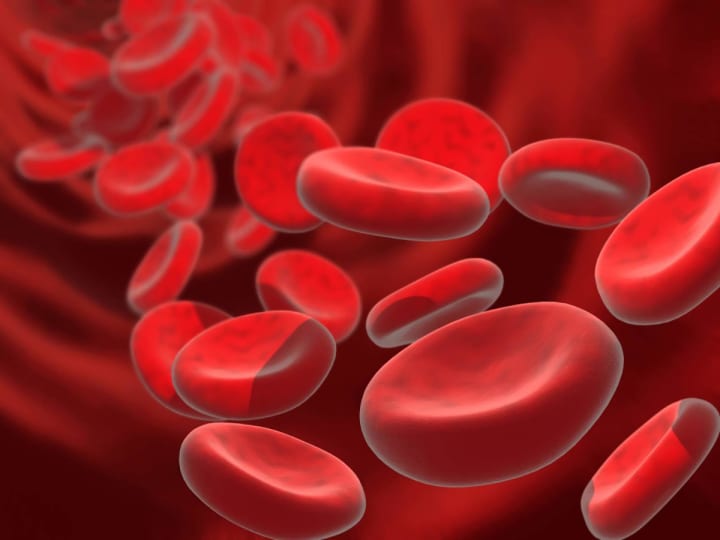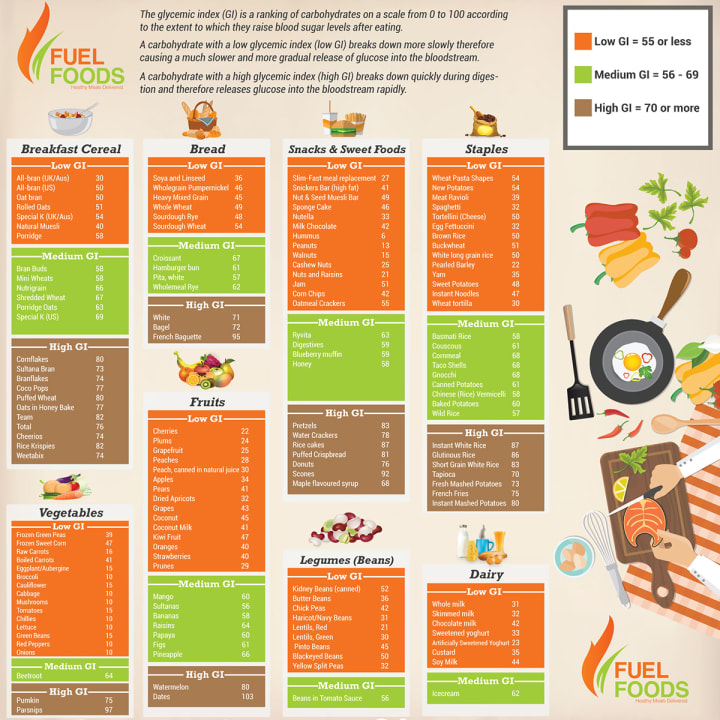What You Need to Know About Stabilizing Blood Sugar
Prevent health problems by learning everything you need to know about stabilizing your blood sugar.

Keeping your blood sugar levels stable is important to prevent cellular damage and disease. Both high and low blood sugar are dangerous if left unregulated. Blood sugar levels refer to the amount of glucose present in the blood stream. These levels change based on diet, stress levels, and nutrient deficiencies. As a part of normal metabolic processes, your body regulates the amount of blood sugar and glucose on a regular basis. Over time, if nothing is done to stabilize blood sugar levels, different health conditions are formed that can become dangerous.
Essentially, sugar is the primary energy mechanism for cells and blood lipids. The absorption of glucose is biologically promoted by insulin, which is a hormone produced in the pancreas. Problems arise when cells stop reacting to the amount of sugar in the blood stream. Long periods of rapidly fluctuating blood sugar can lead to insulin resistance or other blood sugar issues. With insulin resistance, insulin is not released into the body to balance the blood sugar levels, which leads to diabetes. Fortunately, there are numerous methods and techniques that can stabilize blood sugar levels.
How to Stabilize Blood Sugar

Those individuals with consistent high blood sugar run the risk of developing diabetes, while low blood sugar levels cause what is known as hypoglycemia. Both conditions are equally dangerous and can get worse with time if left untreated. Often, the symptoms of these conditions go unnoticed or overlooked until the symptoms become pronounced and more severe. Blood sugar levels can be directly influenced by diet, exercise, and stress. When a combination of techniques are used to monitor blood sugar levels, the body can restore and rebalance blood glucose levels, which can also increase energy levels, in addition to preventing these health issues.
It is easy to cope with and manage imbalanced blood sugar levels with the right techniques. When you create a schedule of tasks to balance your health, you can restore natural glucose levels. Stabilize blood sugar levels by managing stress, changing the types of food consumed, and setting up an exercise regimen to manage the hormone and sugar levels in the body. The main goal is to not cause blood sugar levels to spike or drop dramatically. When the body releases the right amount of insulin, blood sugar levels will level out and symptoms of imbalances will dissolve.
Dieting to Manage Blood Sugar

The foods that we eat play a huge role in how much sugar is in the blood stream. The old adage, “you are what you eat” is particularly relevant here. By consciously maintaining a healthy diet, the body can get a healthy amount of sugar and other vital nutrients. With this being said, different types of foods contain ingredients that cause blood sugar levels to rise at different intervals. Many foods that are recommended to stabilize sugar levels will slow the impact of sugar on the body while promoting appetite control.
Types of foods to consume to stabilize blood sugar levels:
- Complex Carbohydrates: have more complex chemical structures that take a longer time to digest.
- Fibers: slow the absorption of sugar and maintain healthy blood sugar levels.
- Fresh Fruits: contain nutrients and natural sugars that balance blood sugar levels. However, eat these in moderation, as even natural sugar can be harmful to diabetics or those with sugar imbalances.
- Greens: very nutrient dense, lower blood sugar levels.
- Healthy Fats: different natural oils, nuts, and even avocado help burn fat and balance blood sugar levels.
- Proteins: require insulin for metabolism and have a minimal effect on blood sugar levels.
- Whole Grains: rich in proteins that help sustain energy levels without raising or lowering blood sugar levels.
Types of foods that dramatically change blood glucose levels:
- Refined Grains: white rice, pasta, and bread are processed and do not contain fibers, which is then quickly turned into glucose that raise blood sugar levels.
- Refined Sugars: many everyday items like yogurt, salad dressing, and prepackaged foods contain sugar that can raise blood sugar levels.
- Processed Carbohydrates: food that is processed and simple carbohydrates are quickly broken down by the body and turned into sugar that enters the blood stream.
- Starchy Vegetables: carrots, potatoes, and similar vegetables may be processed quickly and turned into glucose, thus raising blood sugar levels.
Exercise to Manage Blood Sugar

As stated by the National Diabetes Association, regular exercise helps to stabilize blood sugar levels in more than one way. Short and long term exercise is effective because it stimulates the muscles of the body to absorb more glucose, inherently lowering blood sugar levels. In fact, glucose in the muscles can promote tissue repair and make cells more responsive to insulin to prevent insulin resistance issues. In addition, exercise also helps to balance hormones throughout the body, which means that insulin sensitivity is increased to prevent the symptoms of high or low blood sugar levels in the future. Mild to moderate exercise makes the heart stronger and raises the rate of metabolism through the body to help sustain optimal health.
Essentially, exercising is one of the easiest techniques to incorporate into everyday activities. In order to get the most of an exercise routine, stretch before and after each daily routine to ensure that muscles are able to absorb as much glucose and as many nutrients as possible. Any type of exercise is ideal for balancing blood sugar levels throughout the body and can be performed indoors or outdoors. Just 30 to 60 minutes of walking can produce the desired effect on the cells of the body. Accordingly, any aerobic activity like tai chi or yoga can raise the heart rate and help to sustain healthy blood sugar levels.
Glycemic Index and Blood Sugar

It is true that there are certain foods which do not raise blood sugar levels as much as others and are easier for the body to process. The amount of energy required to process food also influences blood sugar levels. The glycemic index measures how much a carbohydrate-containing food raises or lowers the blood glucose levels in the body. Foods are generally ranked based on how they compare to either bread or a glucose. Accordingly, foods are ranked based on the after-meal response the body has and can be labeled as low, medium, or high, which indicates how much it will affect blood glucose.
In general, low glycemic foods are ideal for individuals trying to lower blood sugar levels. Consuming low to moderate glycemic foods can help manage food intake and blood glucose levels. Additionally, eating small snacks between meals can also produce energy for the body to stabilize blood sugar levels. In general, the purpose of adhering to a glycemic index-based diet is to eat carbohydrate-containing foods that are less likely to increase blood sugar levels in the body. In general, the better the diet, the less likely you are to experience a spike in blood sugar levels.
About the Creator
Alicia Springer
Mother of two. Personal trainer. Fitness is about determination, not age.






Comments
There are no comments for this story
Be the first to respond and start the conversation.